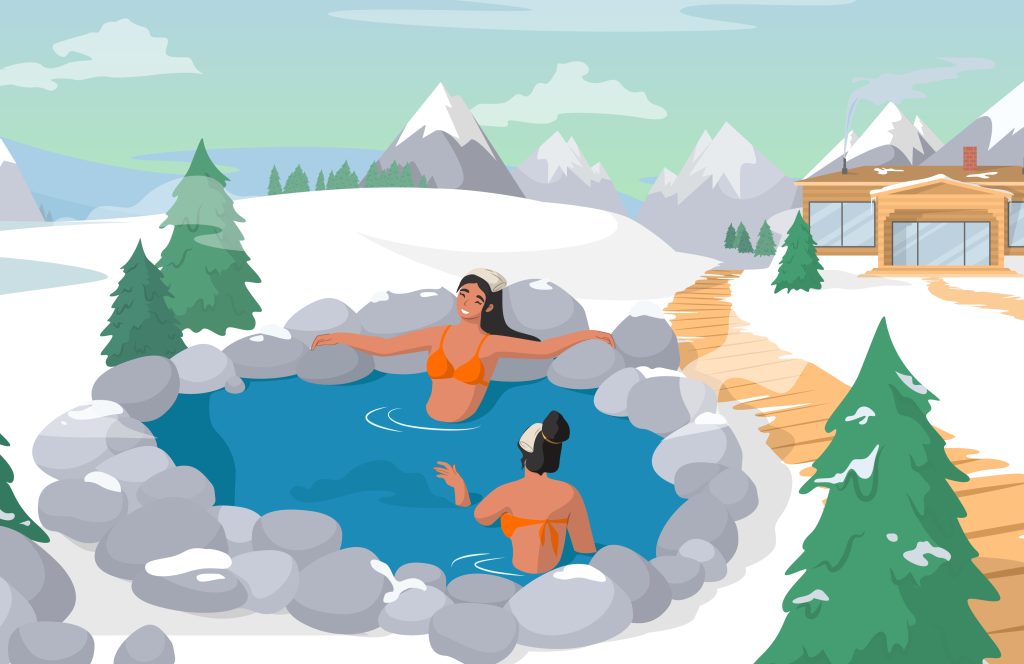Bathhouses have been around for over 3000 years and remain a popular haven for relaxation and rejuvenation. The institution can be found in countries all over the world but represents different ideas in different cultures. For example, some cultures see bathhouses as a time to rest and relax, whereas others use them to socialize and build community. In any case, bathhouses are a unique opportunity for humans to recalibrate their mind and body.

In this article we take a look at different bathhouse cultures around the world.
Turkish hammams
A Hammam is a place of public bathing associated with the Islamic world. Hammams are historically found across the Middle East, North Africa, Central Asia, the Indian Subcontinent and in Southeastern Europe under Ottoman rule.
In Islamic cultures the hammam had a religious and civic purpose. They were used for religious rituals but also for members of the community to come together, socialize and tend to their hygiene. Unlike Roman or Greek Baths, visitors to hammams would typically wash themselves in running water instead of immersing themselves in pools of standing water.
Roman baths
Bathing played a significant role in ancient Roman culture. Contrary to the privacy expected from bathing today, ancient Roman bathing was almost exclusively a communal activity. It was seen as a part of a standard daily routine and practiced across all social classes.
Bathing was mainly used for hygiene and socializing, though Romans would take part in a variety of activities in the bathhouse, including exercising, sunbathing and massage.
Japanese onsens
Unlike more traditional bathhouses, Japanese onsens refer to the hot springs located in volcanic areas. Traditionally, onsens were situated outdoors, but modern inns have built indoor bathing facilities to complement the springs.
Onsens are used for washing and socializing. Historically, men and women bathed together, but gender separation has been enforced since Japan became open to the West. However, mixed bathing is still practiced in some rural areas of Japan.
Korean jjimjilbangs
Open 24 hours, Korean jjimijilbangs are large public bathhouses with multiple areas or floors. In addition to hot tubs and showers, jjimijilbangs typically feature traditional kiln saunas, massage tables, snack bars and even sleeping areas with TVs. Many South Korean families stay at a jjimjilbang for the weekend as a mini getaway.
American public baths
A relatively new creation, American public baths were created in 1890 to improve the health and sanitary condition of the working classes. Before personal baths were commonplace, Americans would visit their local bathhouse to clean themselves in a concrete pool.
Pools have come a long way since the day of ancient public bathhouses. These days, people can enjoy a luxury private pool in their very own backyards.
Aqua Blue Pools is South Carolina SC’s only master pool builder. We design, build and maintain luxury pools for residential and commercial customers across the area. From infinity pools to geometric pools, we can bring your dream pool to life. Our experienced designers get to know your needs to ensure that every detail is to your liking. This can include special features such as waterfalls or rock pools.
Bring your dream pool to life with Aqua Blue Pools. Contact our team today to find out more.


